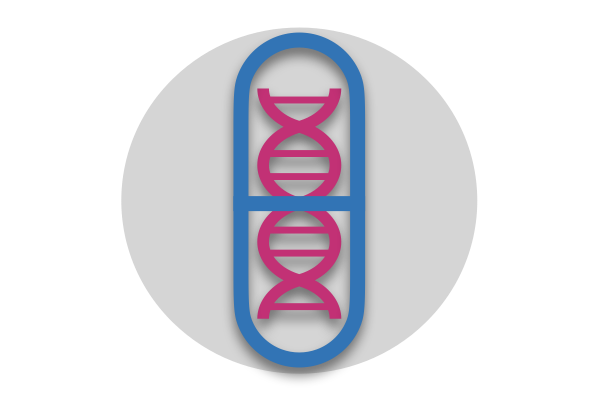CPIC guidelines: Introduction and Role in Practicing Pharmacogenetics in Clinics

One of precision medicine's objectives is to optimize drug therapy. Prescribing optimized drug therapy involves a sound understanding of how genotype influences a drug's target and off-target effects. To help physicians easily understand, utilize, and prescribe medications based on a patient's genotype, Clinical Pharmacogenetics Implementation Consortium (CPIC) provides evidence summaries on how and to what extent a given genotype influences drug effects. CPIC has reviewed more than 400 gene-drug pairs and produced 24 guidelines to date. The CPIC guidelines are manually curated consensus opinions based on clinical evidence published in the peer-reviewed literature. The CPIC guidelines are available through CPIC homepage.
Understanding Genotypes and their Significance in Patient Care
Pharmacogenomics studies how genetic variability influences drug response to better facilitate personalized therapy. A common prodrug Plavix (clopidogrel) is used for acute coronary syndromes such as ischemic heart disease, myocardial infarction, and stroke. Although commonly prescribed, Plavix comes with a boxed warning of a pharmacogenetic warning: poor metabolizers of CYP2C19 exhibit higher cardiovascular events than patients with normal CYP2C19 function. Since Plavix is a prodrug, it metabolizes to its active form and decreases clot formation risks. If this drug does not become metabolized into its active form, patients have a high risk of developing clots and, subsequently, major cardiovascular events. A preventative strategy to avoid this scenario would be to test for the CYP2C19 genotype. Based on the CPIC guidelines, those classified as CYP2C19 poor metabolizers should be considered for alternative therapies. Clinicians may benefit from these guidelines when it comes to intermediate metabolizers —as there is usually a differing amount of opinions. They may not understand what to do with this patient's case. The CPIC guidelines give specific recommendations and levels of evidence for these scenarios. If this patient's genotype was CYP2C19 intermediate metabolizer, for example, the guidelines recommend avoiding the standard dose of Plavix and considering prasugrel if it is not contraindicated.
Conclusion
Clinicians optimizing genotypes are critical for better outcomes in patients. CPIC clinicians predict that most patients will shortly have genomic testing and commonly post results in their profile. Clinicians know to order these specific tests, but they may have difficulty translating genetic laboratory test results into actionable prescribing decisions. With CPIC guidelines, clinicians are better informed by understanding the data that drives these decisions.